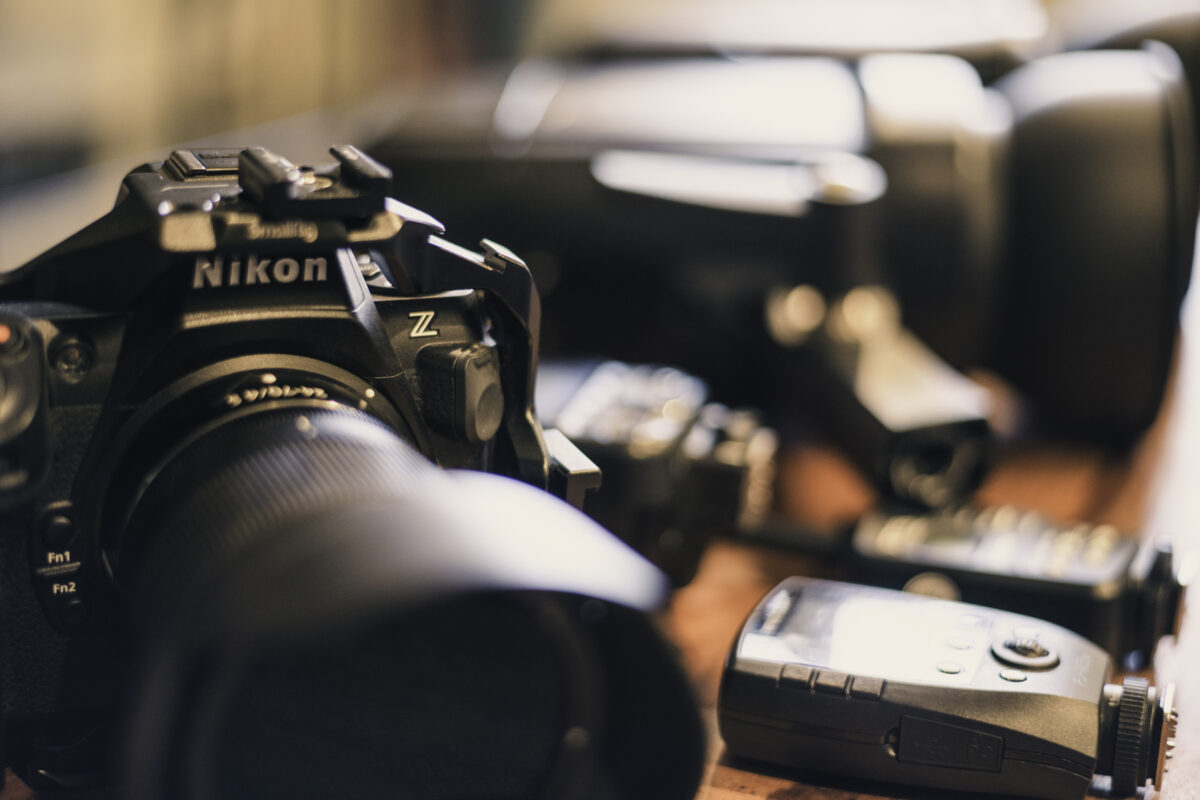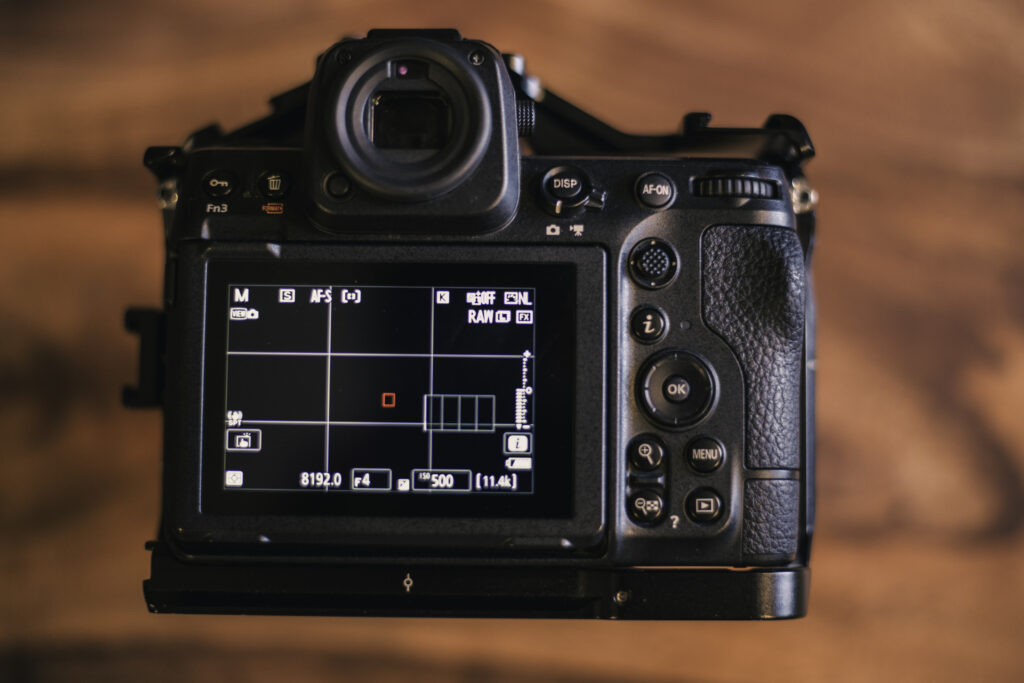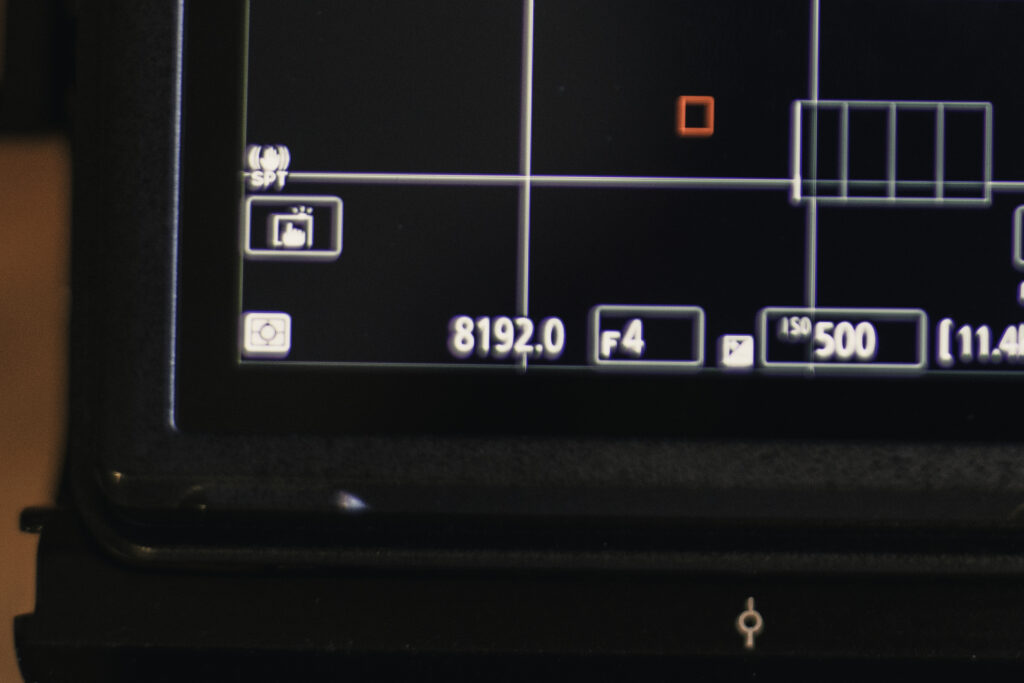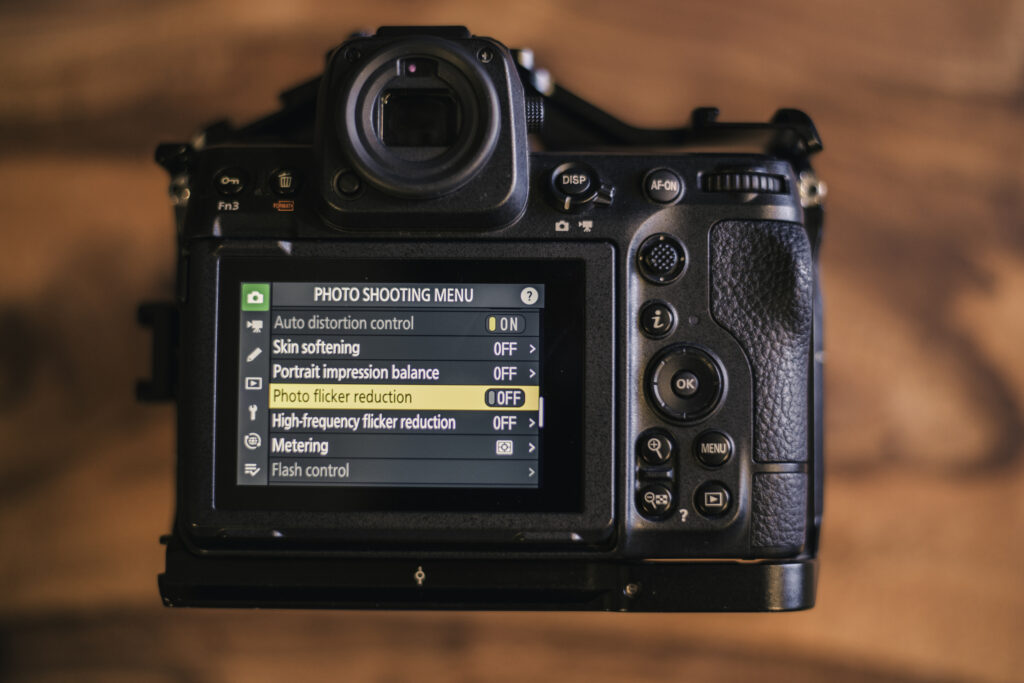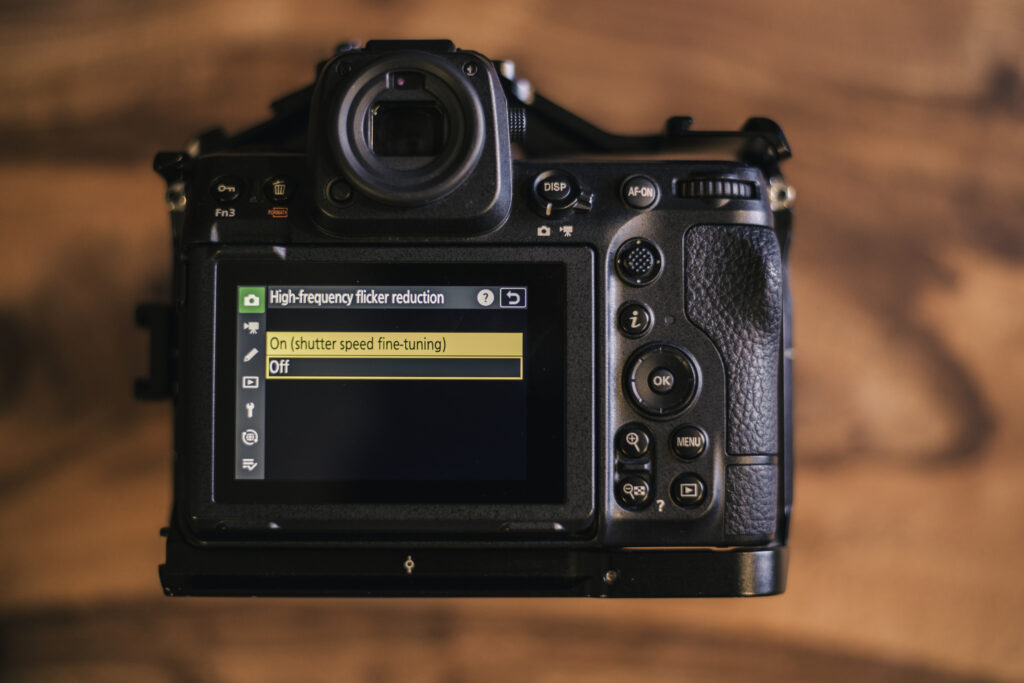Solving the Banding Issue with Nikon Z8 and Z9 in Flash Photography
Adding the Nikon Z8 to my camera gear brought along a few challenges, one of which was banding during flash photography—particularly when using an external flash and trigger setup. After some trial and error, I found a solution to this problem, even incorporating flashes that lack high-speed sync capabilities. Here’s how you can achieve the same results.
Firmware updates
First steps should be:
- Ensure your camera firmware is up to date.
- Update the firmware of any flash gear that supports it, such as flash triggers and flashes.
That very well could fix all of your issues.
Optimizing Camera Settings
Let’s start with the camera settings. In the photo menu, I’ve turned off both High-Frequency Flicker Reduction and Flicker Reduction. These settings primarily sync your shutter speed with ambient light or “continual” light, which isn’t continuous but rather occurs in waves. Certain shutter speeds might coincide with the troughs or peaks of these light waves, leading to inconsistencies in lighting, known as flicker. However, since flicker reduction focuses more on ambient or “continual” light, it doesn’t directly impact flash photography, so I have both settings disabled.
High-FREQUENCY Flicker Reduction actually allows you to adjust shutter speed in decibels as seen in the photos below.
Adjusting the Custom Settings Menu
Next, in the custom settings menu, navigate to Bracketing and Flash. Ensure your flash sync speed is set to 1/250 (with the star)**, indicating your camera is ready for high-speed sync. This setting is crucial if you want your external flashes to function correctly with shutter speeds higher than 1/200 or 1/250. The star (*) signifies high-speed sync is active; without it, high-speed sync won’t be possible.
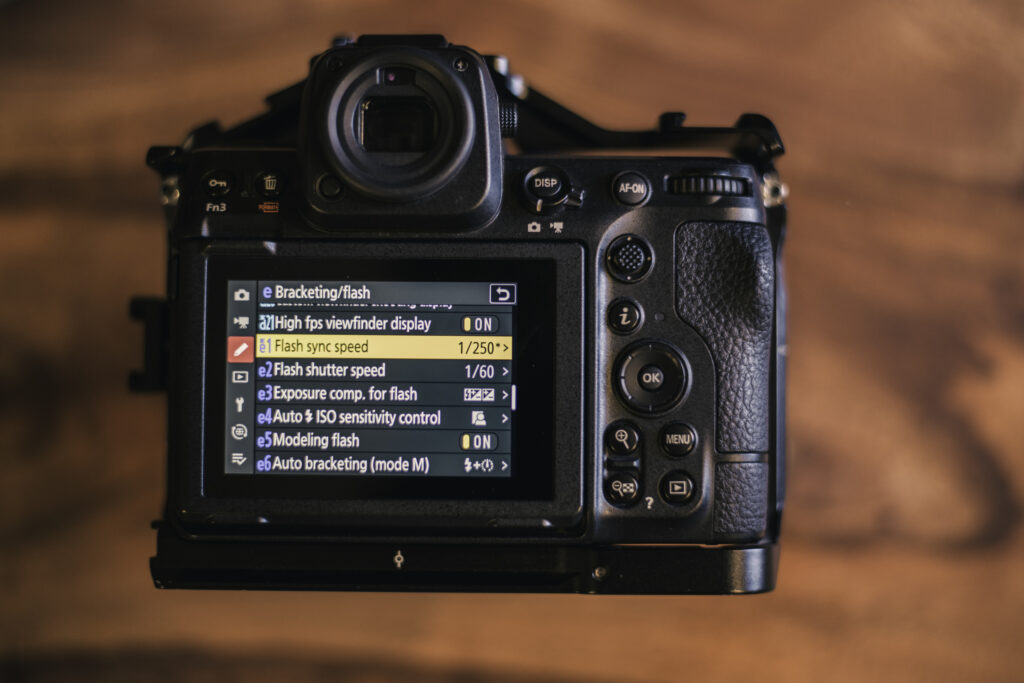
High-Speed Sync Flash with Nikon Z8/Z9
It’s essential to ensure your flashes support high-speed sync. I use the FJ Westcott 400 flash with the FJ-X2m trigger (new version FJ-X3m), which has been compatible with the Nikon Z8 and Z9 since firmware update 1.3 (currently at 1.3.2 as of this post). With these settings, I’ve been able to capture photos at shutter speeds ranging from 1/250 to 1/8000 of a second without any banding issues. Before the firmware update, banding was a significant problem in all photos taken at speeds above 1/250. Now, however, the combination of the firmware update and the correct settings has resolved these issues.

Using Other Flashes with High-Speed Sync
In addition to the FJ 400, I also have three Godox SK 300ii flashes and a Godox flash trigger. Unfortunately, the Godox trigger doesn’t support firmware updates, but the flashes work well as slave units. By using my Westcott FJ400 flash to trigger the Godox 300ii, I was able to shoot at shutter speeds from 1/250 up to 1/8000 of a second with no banding issues. This experience suggests that the limiting factor in achieving high-speed sync is not the flash itself but the trigger. As long as the trigger communicates effectively with the camera, the flash should function properly without banding.






Testing with Nikon Speedlight SB-900
After the success with the FJ 400, I tested the Nikon Speedlight SB-900 (current version SB-700) as a flash trigger. I was pleased to find that it could trigger the Godox flashes without any banding, even at shutter speeds ranging from 1/250 to 1/8000.



Conclusion
If you’re experiencing banding issues in your flash photography with the Nikon Z8 or Z9, follow these steps:
- Ensure your camera firmware is up to date.
- Update the firmware of any flash gear that supports it.
For older lighting gear that might not support firmware updates, consider using them as slave flashes. Adding a reliable trigger like the FJ 400 or Nikon Speedlight SB-900 to your setup could resolve banding issues. While I can’t confirm this solution for every setup, I’m confident that if your trigger can communicate well with your camera and at least one flash, any other flash that can operate as a slave should work without problems.
